The views expressed in our content reflect individual perspectives and do not represent the official views of the Baha'i Faith.
Want to build a bridge across the racial divide? Sometimes that task can seem truly daunting, no matter your skin color, but the Austin Baha’i community has some practical advice.
If you or your community has an interest in developing this kind of program, here are some thoughts about the lessons from the time our Baha’i community, and the larger community of Austin, Texas, has spent working with the Louis Gregory Symposium on Race Unity over the past twelve years. May the sharing give you some help in possibly replicating this rewarding kind of work. It’s worth it!
An academic setting is a good one for an event like our race unity symposium, because it allows young people to feel empowered to take ownership of the conversation. Louis Gregory said “Among the youth of the world there is a great and continuous awakening to the need of friendliness and co-operation among all races and nations.”
Second, we recommend that you take early and easy “wins.” Bring food, drink, laughter, smiles, and openness without judgment to your meetings with those of different racial, ethnic, and national backgrounds. In other words, as the Baha’i teachings advise, assume positive intent:
When such meetings are established, and the participants associate with each other with perfect love, unity, and kindness, the angels of the Kingdom praise them … – Abdu’l Baha, quoted by Shoghi Effendi in The Advent of Divine Justice, p. 38.
Along those lines, follow the advice of Abdu’l Baha and step out of your comfort zone. Also, as he advised, approach differences by looking into everyone’s faces and seeing the face of God residing there:
If you meet those of different race and color from yourself, do not mistrust them and withdraw yourself into your shell of conventionality, but rather be glad and show them kindness. Think of them as different colored roses growing in the beautiful garden of humanity and rejoice to be among them. – Abdu’l-Baha, Paris Talks, p. 53.
Third: realize that people want to talk about race and race relations—they really do. This applies especially to people of color who are rightfully mistrustful over the harmful racism they’ve encountered, but ultimately still believe in a better way through friendship.
Fourth: No one goes away unchanged from a symposium on race unity—no one.
Fifth: Don’t be afraid to be more inclusive, daring or experimental in your program. After a few years with exclusively African American Baha’is as distinguished keynote speakers, the symposium changed from a perceived “Baha’i event” to more of a Baha’i-inspired event when we reached out to prominent members of the Austin community to take a leading role and serve as keynoters. This change prompted one long-time participating University staff person to comment, “I thought this was just a Baha’i event, but I see now that’s not necessarily so.”
One Baha’i supporter and attendee said, “I don’t know how it started out, but every year I’ve been here the symposium has been experimental—which is a good thing. Different formats were tried out, from lecture to workshop to personal experience TED-type talks; different kinds of schedules; different kinds of speakers, including the popular Austin Mayor, as well as Baha’i speakers.”
Sixth, include a spiritual component: The joint worship service prior to the symposium every year was a great way to get everyone into the spirit of love and friendship needed to start the event. Perhaps one of the best comments to come out from the symposium was one the head of the NAACP in Austin stated, “Maybe we should let the Bahai’s handle the race issue around here. They are the ones who seem to have the right approach to the problems.”
So why should we all undertake these challenging and seemingly difficult conversations about race, racism and racial amity? Because our very lives and the ultimate happiness of the whole of humanity depend upon their success.


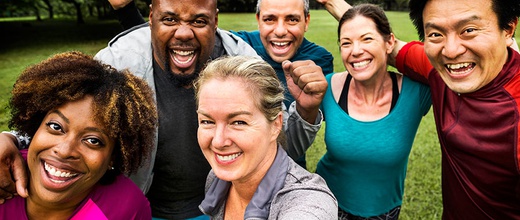


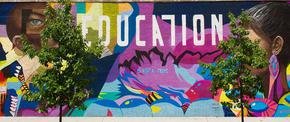




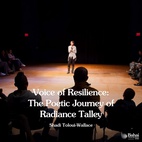
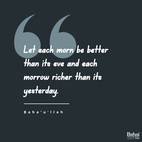

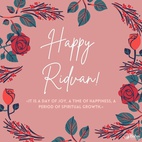

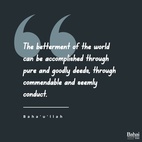

Comments
Sign in or create an account
Continue with Facebookor